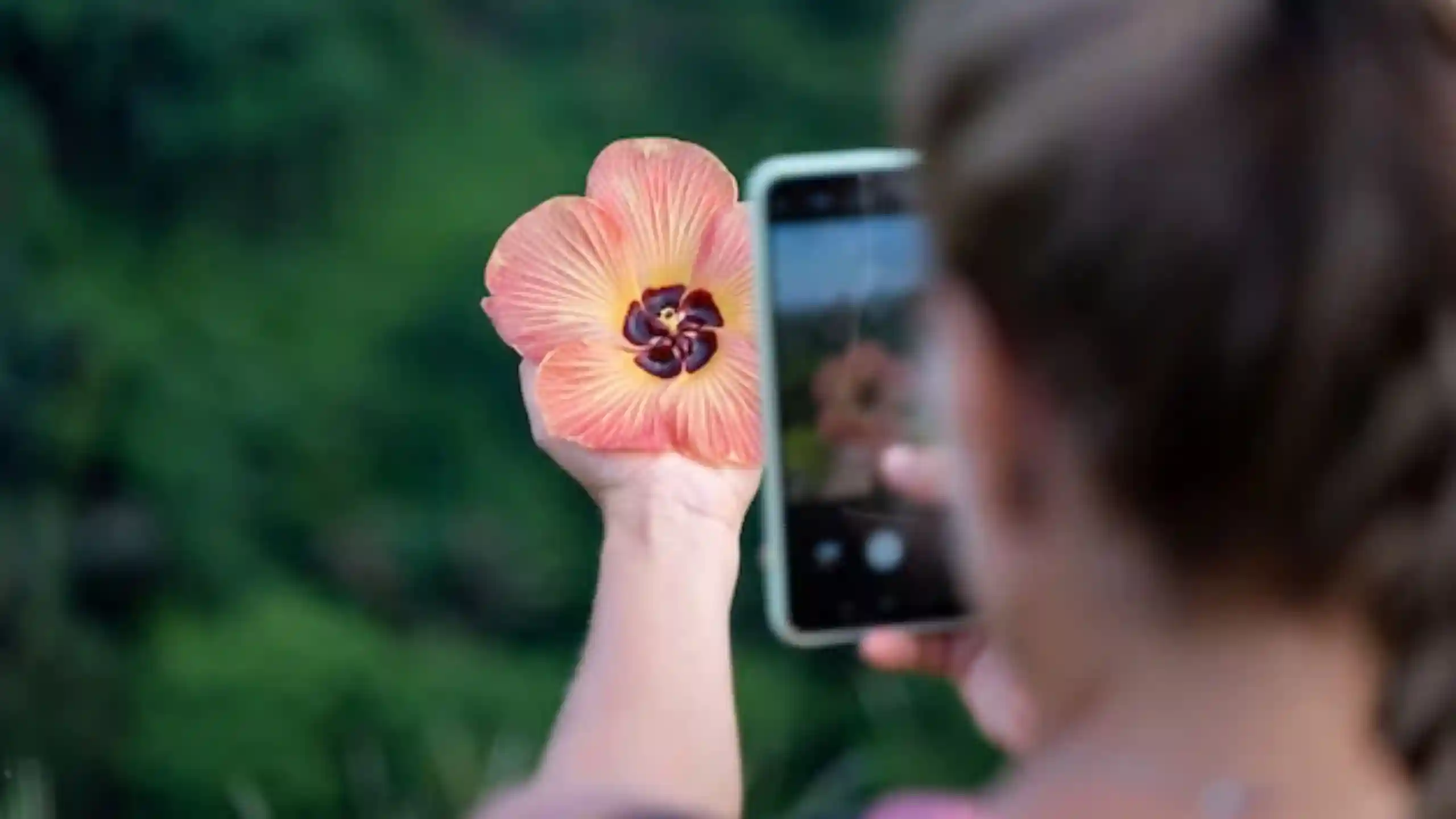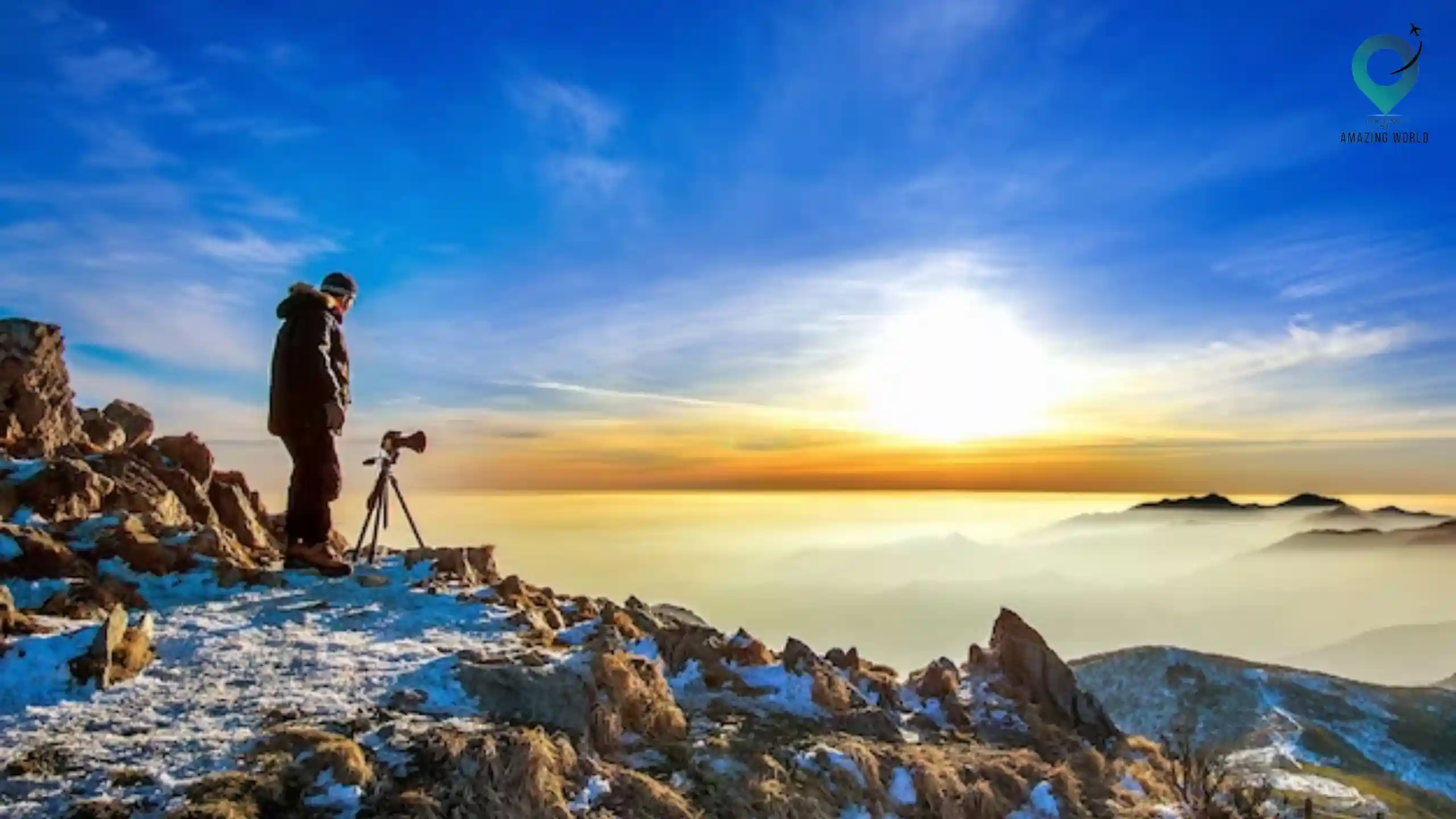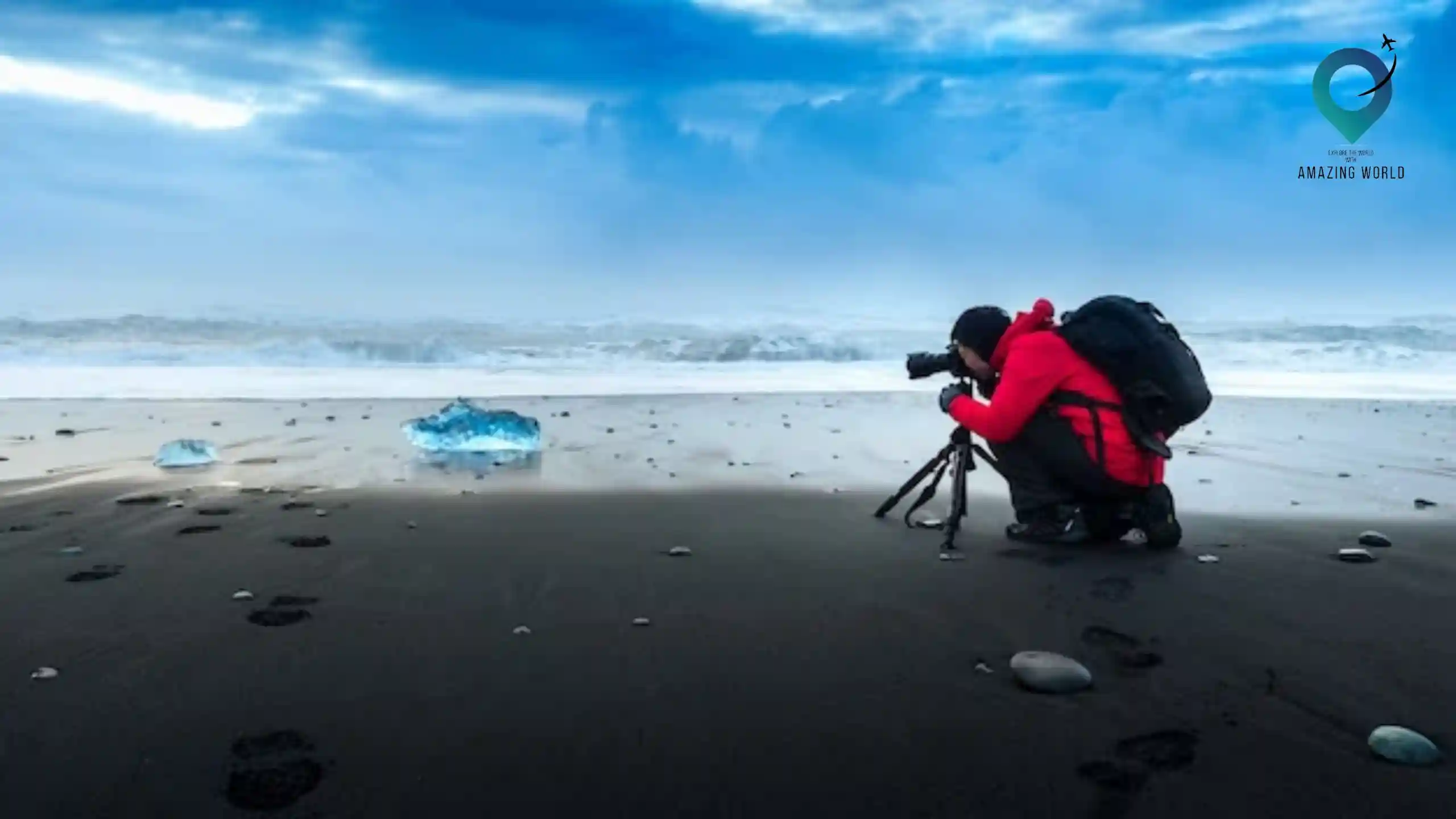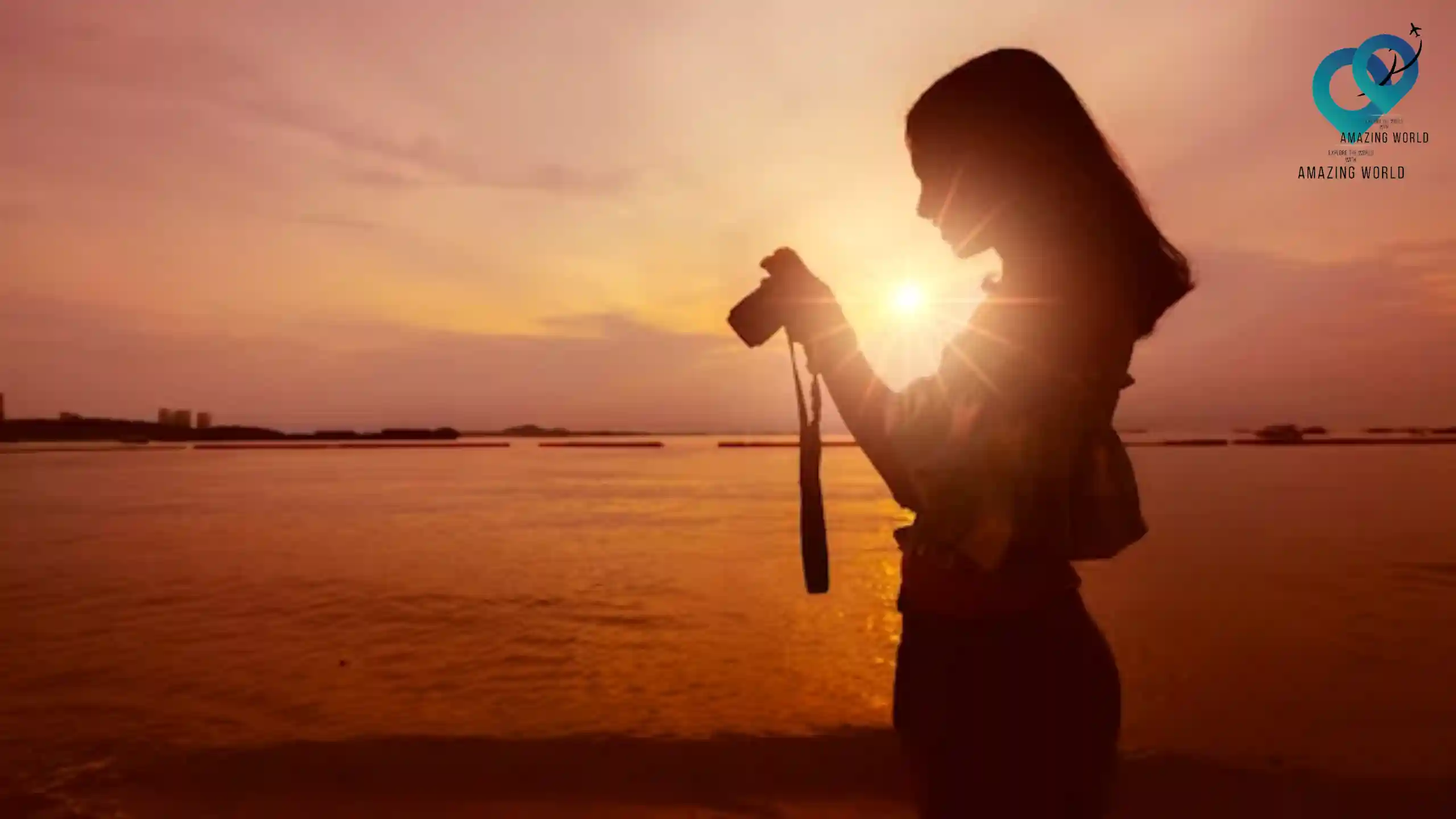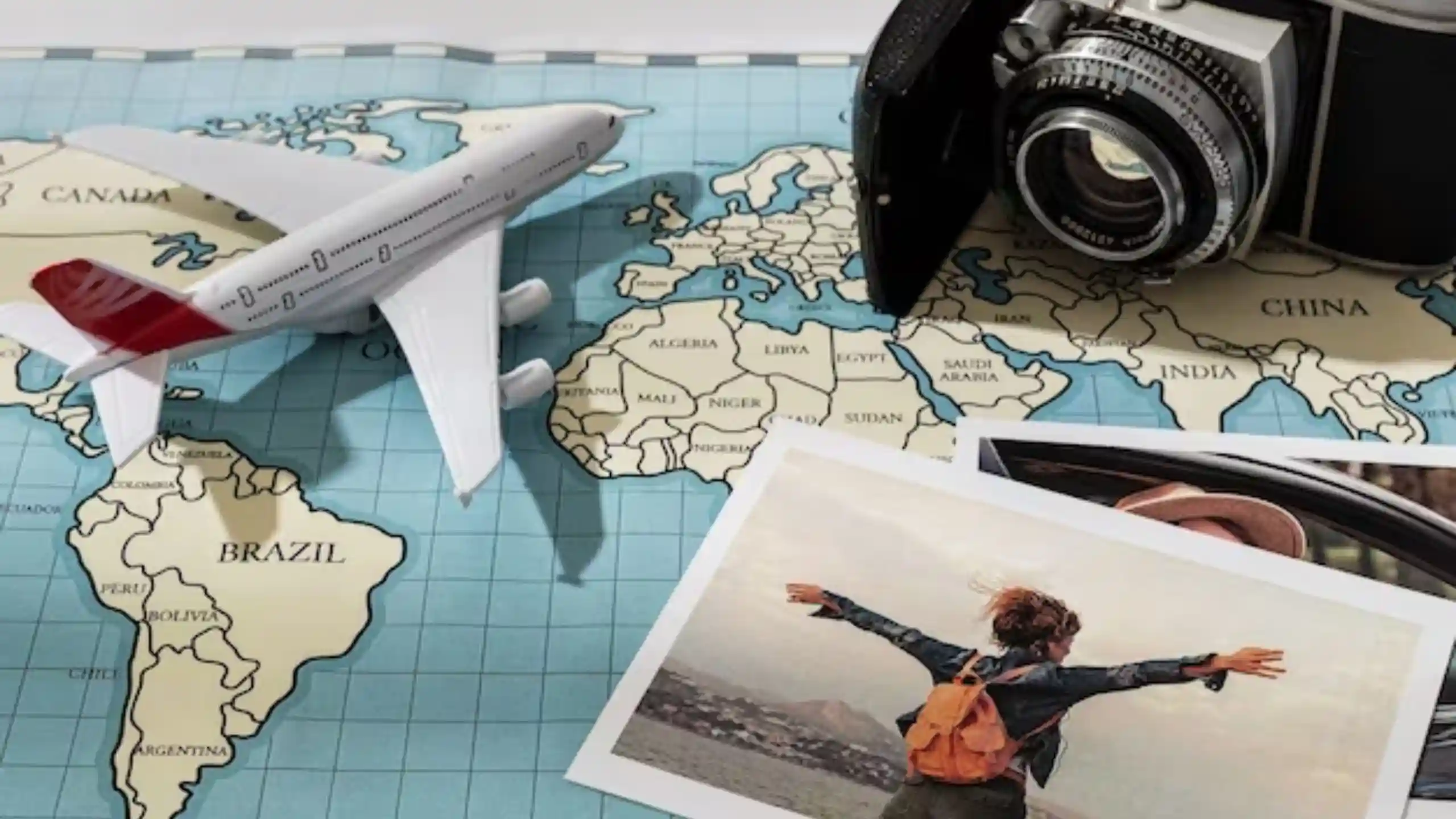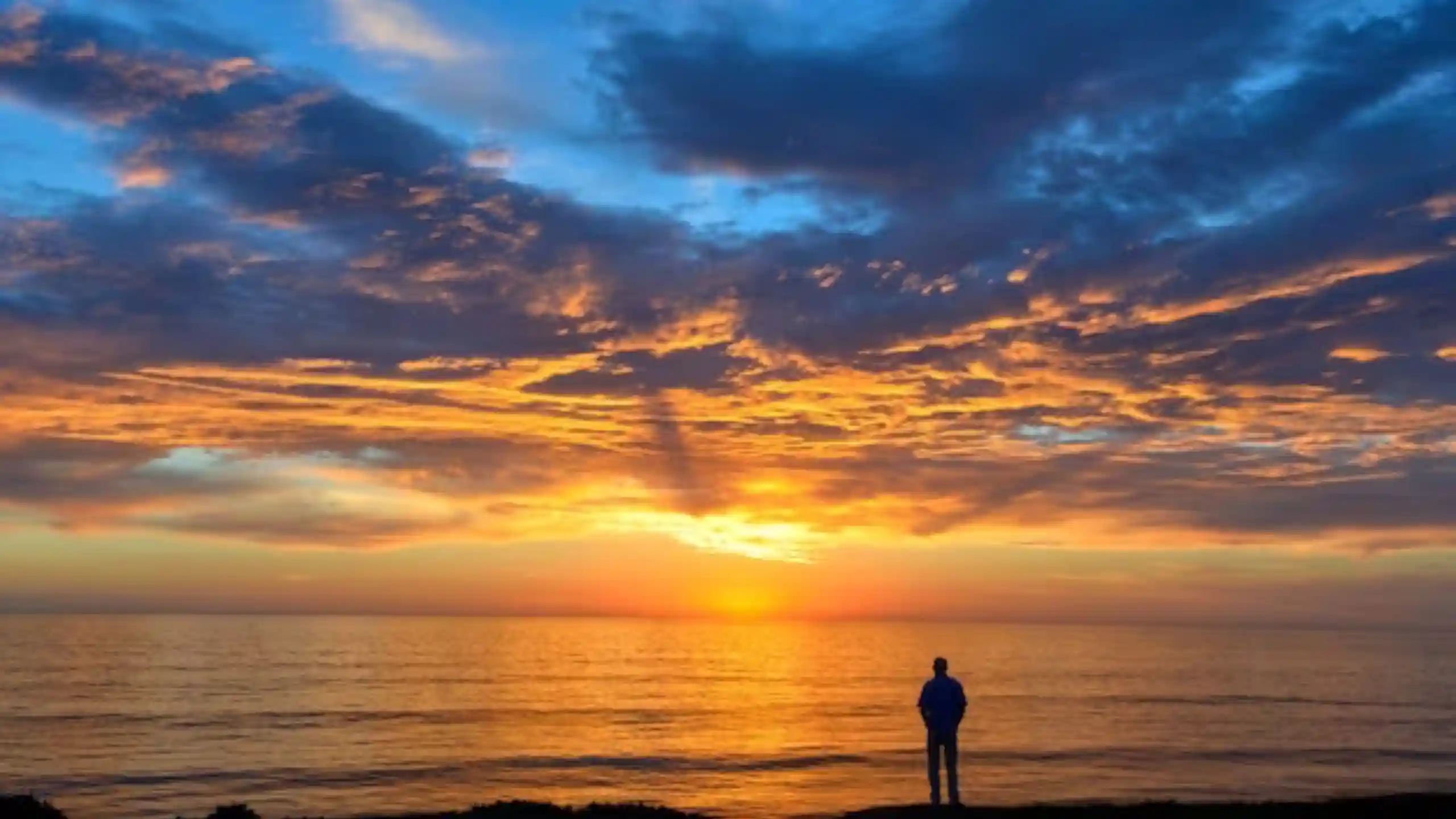The Art of Macro Photography: A Beginner’s Guide to Macro Photography
Table of Contents
Toggle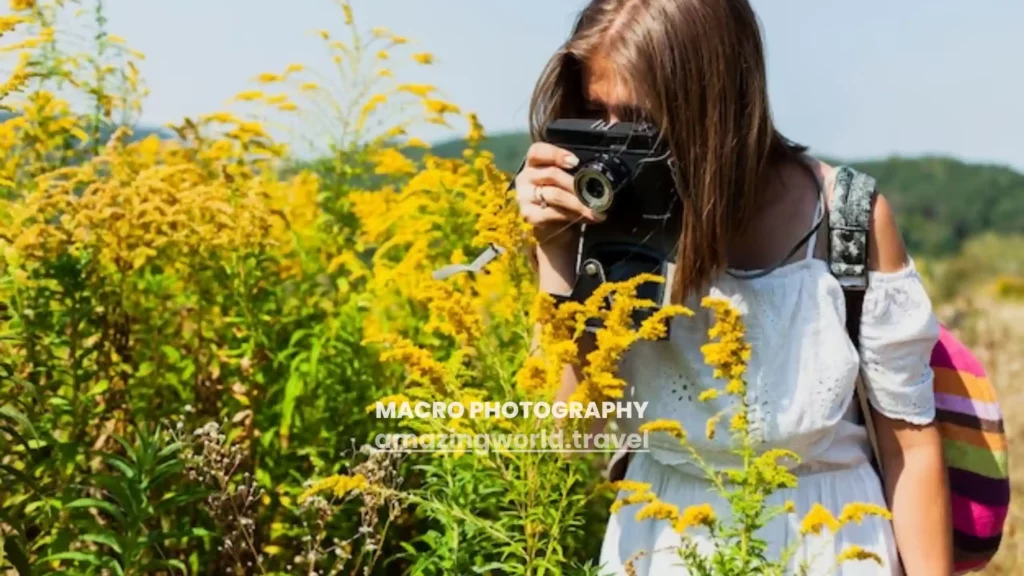
Welcome to “The Art of Macro Photography: A Beginner’s Guide to Macro Photography.” Have you ever been fascinated by the intricate details of a flower petal, the mesmerizing patterns on an insect’s wings, or the delicate textures of a raindrop? Macro photography allows you to capture these extraordinary details, revealing a hidden world that’s often unnoticed by the naked eye.
In this guide, we’ll delve into the exciting realm of macro photography, offering insights, techniques, and tips that will help beginners embark on their journey to capturing stunning close-up shots.
What is Macro Photography?
Macro photography is a captivating and specialized branch of photography that focuses on capturing extremely close-up images of small subjects. In this genre, photographers dive into the world of the minuscule, revealing intricate details, textures, and patterns that are often hidden from the naked eye. The term “macro” itself refers to the act of making small objects or subjects appear larger-than-life in photographs.
In macro photography, the primary objective is to magnify the subject to a significant extent, allowing viewers to explore a world they might not have otherwise noticed. This is achieved by using dedicated macro lenses or equipment that enables a high degree of magnification without sacrificing image quality.
Subjects in macro photography can range from the delicate petals of a flower to the fascinating anatomy of insects, from water droplets clinging to leaves to the fine details of everyday objects like a grain of sand or a feather. The beauty of macro photography lies in its ability to showcase the extraordinary features of ordinary things, giving viewers a fresh perspective and a newfound appreciation for the small wonders around us.
Photographers who delve into macro photography often encounter challenges unique to the genre. Achieving sharp focus at such close distances, managing a shallow depth of field, and dealing with lighting intricacies are just a few of the factors that require careful consideration. As a result, macro photography demands technical expertise, patience, and a keen eye for detail.
Why is it Exciting for Beginners?
Macro photography presents a world of excitement and creative exploration for beginners venturing into the realm of photography. Here’s why it’s particularly thrilling for those starting their photographic journey:
- Accessible Subjects: Macro photography doesn’t require exotic locations or elaborate setups. Everyday surroundings transform into captivating subjects – from flowers and insects in your backyard to the textures of household objects. This accessibility encourages beginners to jump right in and start capturing compelling images.
- Hidden Details Revealed: Macro photography uncovers hidden beauty that the human eye often overlooks. Beginners are astounded by the intricate patterns, textures, and vibrant colors that emerge when magnifying the tiniest elements. This revelation transforms the mundane into a captivating visual experience.
- Instant Rewards: Digital cameras provide instant feedback, allowing beginners to see their results immediately. Adjusting settings, experimenting with angles, and refining compositions in real-time helps accelerate the learning process and boosts enthusiasm.
- Creative Playground: Macro photography fosters creativity in composition and storytelling. Beginners can experiment with framing, focus, and lighting to craft unique narratives and evoke emotions through their images.
- Observational Skills: Engaging with macro photography sharpens observation skills. Beginners learn to notice intricate details and subtle variations in the world around them, heightening their awareness of the beauty in small, often unnoticed, elements.
- Technical Learning: Macro photography introduces technical aspects like aperture, depth of field, and lighting. Beginners grasp these fundamental concepts early on, which aids their growth not only in macro photography but across other photographic genres as well.
- Inexpensive Start: While dedicated macro lenses are ideal, beginners can experiment with cost-effective alternatives like extension tubes or close-up filters. This allows entry into macro photography without a significant initial investment.
- Community Engagement: The macro photography community is welcoming and supportive. Beginners can connect with experienced photographers, ask questions, and share their work, receiving valuable feedback and insights to enhance their skills.
- Captivating Results: Beginners experience the joy of capturing breathtaking shots that highlight details most people never notice. The satisfaction of freezing a dewdrop or a butterfly’s delicate wings in intricate detail fuels their passion.
- Unique Perspective: Macro photography offers a fresh perspective on the world. Beginners quickly realize that even common objects can become extraordinary through a macro lens, stimulating their creativity and artistic vision.
- Mindful Exploration: Engaging in macro photography encourages mindfulness and a deeper connection with nature. It invites beginners to slow down, appreciate the smaller aspects of life, and find beauty in the often overlooked.
Essential Gear for Macro Photography
To embark on your macro photography journey, you’ll need some essential gear. The cornerstone of macro photography is a dedicated macro lens, allowing you to get up close and personal with your subjects. These lenses are designed to provide optimal sharpness and focus at close distances, making them indispensable for this genre.
Additionally, using a tripod is highly recommended in macro photography. As you’re dealing with small subjects and focusing on intricate details, even the slightest camera shake can result in blurry images. A tripod ensures stability and enables you to achieve tack-sharp photos.
When working with macro photography, lighting plays a crucial role. While natural light is often preferred, it’s not always controllable. This is where additional lighting tools come in handy. Using diffusers to soften harsh light and reflectors to bounce light onto your subject can greatly enhance the quality of your macro shots.
Understanding Depth of Field
Depth of field refers to the area in your photo that appears sharp and in focus. In macro photography, depth of field can be extremely shallow due to the close proximity to your subject. This creates a striking effect where the subject is in sharp focus while the background melts into a dreamy, blurred backdrop.
You can control depth of field by adjusting your aperture settings. A wider aperture (small f-number) like f/2.8 will result in a shallower depth of field, isolating your subject from the background. On the other hand, a narrower aperture (larger f-number) like f/16 will bring more of the scene into focus.
Mastering depth of field is essential in macro photography, as it allows you to guide the viewer’s gaze and emphasize specific details within the frame.
Choosing the Right Subjects
Macro photography invites you to explore the hidden beauty of everyday objects and creatures. From delicate flowers to intricate insect anatomy, the possibilities are endless. It’s all about finding subjects with interesting textures, patterns, and details that can be magnified to reveal their captivating essence.
Natural environments, such as gardens, parks, and forests, are teeming with potential subjects for macro photography. Pay attention to tiny details that often go unnoticed, and consider experimenting with different angles to capture the most engaging compositions.
Mastering Focus and Composition
Achieving sharp focus in macro photography can be challenging, especially when working with such close distances. One effective technique is to use manual focus to ensure precise control over what part of the subject you want to highlight. Additionally, using focus stacking—a process where multiple images taken at different focus points are combined—can result in an image with an extended depth of field.
When composing your macro shots, keep in mind the rule of thirds. Imagine a grid overlaying your frame, dividing it into nine equal segments. Positioning your subject along these lines or at their intersections can create a visually pleasing and well-balanced composition.
Lighting Techniques for Macro Shots
In macro photography, lighting can make or break your shot. Natural light is often the go-to choice for its soft and diffused qualities. Early morning or late afternoon sunlight can create a warm and inviting atmosphere, enhancing the textures and details of your subjects.
However, natural light isn’t always available or ideal. Using diffusers to soften harsh sunlight or reflectors to bounce light onto shadowed areas can help achieve more balanced lighting. Additionally, you can experiment with artificial lighting setups, such as ring lights or macro-specific LED lights, to achieve desired effects.
Overcoming Challenges in Macro Photography
Macro photography comes with its own set of challenges. One common issue is camera shake, which can result from the slightest movement while shooting at such close distances. Using a tripod and remote shutter release can help eliminate camera shake and ensure sharp images.
Another challenge is dealing with moving subjects and windy conditions. Insects and flowers can be quite lively, making it tricky to capture them in focus. Patience is key—wait for moments when your subject is still, and use higher shutter speeds to freeze motion.
Post-Processing for Macro Images
Post-processing is a valuable step in macro photography that allows you to enhance the details and overall look of your images. Start by adjusting the sharpness and clarity to make the fine details pop. You can also fine-tune the colors, contrast, and saturation to create a visually striking image.
Avoid over-processing, as it can lead to unnatural-looking results. The goal is to enhance the natural beauty of your macro subjects while maintaining a realistic appearance.
Creative Approaches in Macro Photography
Macro photography offers endless opportunities for creativity. One intriguing approach is abstract macro photography, where you focus on textures, patterns, and colors to create artistic and almost surreal images. By playing with different angles and lighting, you can transform everyday objects into captivating works of art.
Additionally, capturing motion in macro shots can add a dynamic element to your photos. Experiment with techniques like panning or using a slow shutter speed to convey a sense of movement in your images.
Sharing Your Macro Creations
Once you’ve captured stunning macro shots, it’s time to share them with the world. Social media platforms like Instagram and Pinterest are ideal for showcasing your work and connecting with fellow photographers and enthusiasts. Use relevant hashtags to increase your visibility within the macro photography community.
Joining online photography forums or groups focused on macro photography can provide valuable feedback, tips, and inspiration. Engaging with others who share your passion can greatly accelerate your learning journey.
Common Mistakes to Avoid
In the excitement of capturing tiny worlds up close, it’s easy to overlook certain considerations. One common mistake is neglecting lighting. Proper lighting is essential for revealing the details and textures that make macro photography shine. Avoid harsh and direct sunlight, as it can create harsh shadows and wash out delicate details.
Another mistake is rushing the setup and shot. Macro photography requires patience and precision. Take your time to set up your equipment, compose your shot, and adjust your settings. Patience will lead to more satisfying results.
Exploring Macro Videography
While macro photography primarily involves still images, you can also explore the world of macro videography. Applying macro principles to video can result in captivating footage that brings the small wonders of the world to life. Use manual focus and stable camera movements to create visually engaging macro videos.
Macro videography opens up new storytelling possibilities, allowing you to document the behavior and interactions of tiny subjects that often go unnoticed.
Macro Photography Ethics and Respect
As a macro photographer, it’s important to approach your subjects with respect and ethics. When photographing insects and other creatures, be mindful not to disturb their natural habitats or behaviors. Avoid touching or harming the subjects, and prioritize their well-being over getting the perfect shot.
Respect for nature and wildlife should always guide your actions. Leave no trace of your presence and aim to capture moments without causing harm.
Building a Macro Photography Kit on a Budget
Macro photography doesn’t have to break the bank. If you’re a beginner, you can start with budget-friendly alternatives and gradually expand your kit as you gain experience. Consider purchasing a macro lens adapter for your existing lens to experiment with macro photography without investing in a dedicated macro lens.
Conclusion
Look for affordable tripods, diffusers, and reflectors that can provide satisfactory results. As your skills and passion grow, you can invest in higher-quality gear.
How much did you like Our detailed The Art of Macro Photography: A Beginner’s Guide to Macro Photography? Review Also, please share these Blogs with your friends on social media.
Related Article –
- Road Trips Ideas | 12 Tips to Prepare Your Car for a Long Road Trip?
- 150 Best Places to Visit in the United States In 2023
- Road Trip With Kids
- How to Stay Awake While Driving Long Distances
- Audiobooks to Listen to On Your Road Trip
- How to Create an Epic Itinerary Road Trip
- Best Rental Cars For Travel Adventures
Macro Photography FAQs
Can I use a regular lens for macro photography?
While a dedicated macro lens is recommended for optimal results, you can use accessories like extension tubes or macro filters with a regular lens to achieve some level of magnification.
What’s the best time of day for macro photography?
Early mornings and late afternoons provide soft and diffused natural light, which is ideal for macro photography. However, you can experiment with different times of day to achieve various lighting effects.
How do I achieve a blurry background in macro shots?
To achieve a blurry background (bokeh) in macro photography, use a wide aperture (low f-number) like f/2.8. This will create a shallow depth of field and isolate your subject from the background.
Are tripods necessary for macro photography?
Yes, tripods are highly recommended for macro photography to eliminate camera shake and ensure sharp images, especially when shooting at close distances.
Can I capture macro shots with a smartphone?
While smartphones have limitations compared to dedicated camera setups, some smartphones offer macro modes that allow you to get closer to your subjects. Results may vary, but it’s a good way to experiment with macro photography.

Meet David Hoper, a passionate travel Blog writer with 7+ years of experience in travel content. Through his exemplary storytelling and engaging narratives, he shares his experiences and brings destinations to life. With a keen eye for detail and a love for exploration, he has cultivated a diverse portfolio of travel blogs that inspire and inform readers worldwide.
